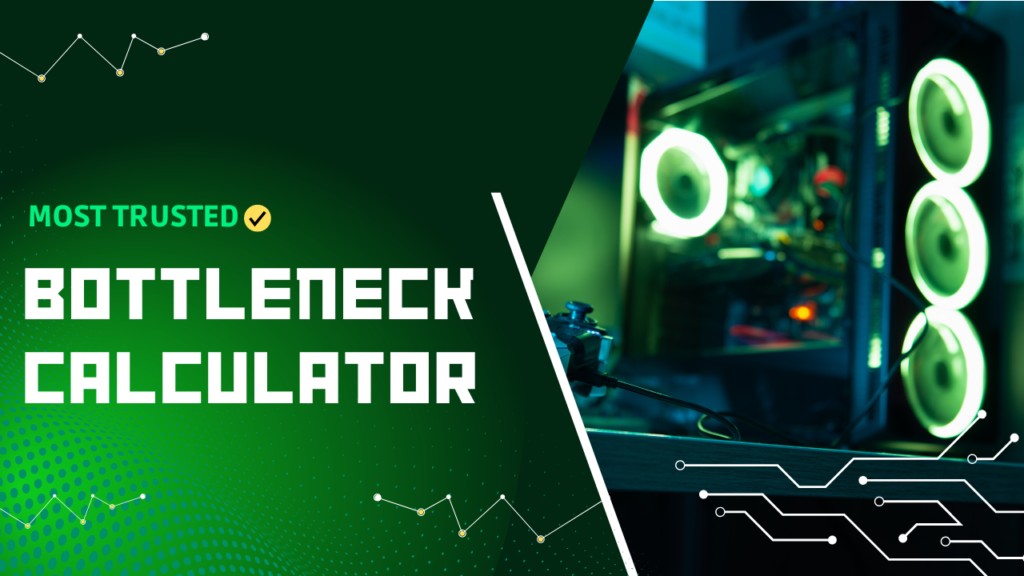In today’s fast-paced digital world, efficiency is paramount. Businesses and developers continuously seek ways to optimize their processes and eliminate any obstacles that can hinder performance. One common issue encountered in various domains, especially in software development and data management, is the bottleneck. A bottleneck refers to a stage in a process that reduces the overall speed or capacity of the entire operation. Understanding and identifying these bottlenecks is crucial for improving performance. This is where a bottleneck checker comes into play.
What is a Bottleneck?
A bottleneck occurs when the capacity of an entire system is limited by a single component or process. Imagine a traffic jam on a highway where one lane is closed; vehicles can’t move any faster than the slowest lane. Similarly, in business operations or software development, if one aspect of a process is slower than the others, it holds up the entire workflow.
Bottlenecks can occur in various areas, including:
- Hardware Limitations: Insufficient processing power, memory, or storage can slow down overall performance.
- Software Constraints: Inefficient algorithms or code can lead to delays in processing time.
- Human Factors: A lack of skilled personnel or communication breakdowns can create slowdowns in workflows.
- Data Management: Poorly structured data or database queries can lead to performance issues.
Identifying and resolving these bottlenecks is essential for maximizing productivity and efficiency.
The Importance of a Bottleneck Checker
A bottleneck checker is a tool or system designed to analyze processes and identify where delays or inefficiencies occur. By providing insights into performance metrics and workflows, organizations can pinpoint specific areas that require improvement.
Benefits of Using a Bottleneck Checker
- Enhanced Performance: By identifying bottlenecks, businesses can streamline processes, leading to improved overall performance.
- Resource Optimization: Understanding where resources are being wasted allows companies to allocate their assets more effectively.
- Informed Decision-Making: Data-driven insights help management make informed decisions about resource allocation, staffing, and project timelines.
- Reduced Costs: Eliminating bottlenecks can lead to faster project completion, reduced operational costs, and increased profitability.
- Improved Customer Satisfaction: Faster turnaround times and improved service quality result in enhanced customer satisfaction and loyalty.
How to Use a Bottleneck Checker
- Identify Key Performance Indicators (KPIs): Determine the metrics that are most relevant to your operations. These could include processing time, error rates, or throughput.
- Monitor Processes: Utilize a bottleneck checker to continuously monitor processes. Many modern tools can provide real-time analytics and alerts.
- Analyze Data: Once bottlenecks are identified, analyze the data to understand the root cause. This may involve looking into hardware performance, software efficiency, or team dynamics.
- Implement Solutions: Based on the insights gained, implement changes to address the bottlenecks. This could involve upgrading hardware, optimizing code, or improving communication within teams.
- Review and Iterate: After changes are made, continue to monitor performance to ensure that the bottlenecks have been resolved. If new bottlenecks arise, repeat the process.
Common Tools for Bottleneck Checking
There are various tools available for identifying bottlenecks in different environments:
- Application Performance Monitoring (APM) Tools: These tools monitor application performance and can help identify slow transactions or resource-intensive processes.
- Database Performance Tools: These tools focus on database queries and can help identify slow-running queries that may be causing bottlenecks in data retrieval.
- Network Monitoring Tools: These tools analyze network traffic and can pinpoint bandwidth issues or slow connections that may be affecting performance.
- Project Management Software: Tools that offer workflow visualization can help identify where tasks are piling up or taking longer than expected.
Conclusion
In conclusion, the identification and management of bottlenecks are critical for enhancing efficiency and performance in any organization. A bottleneck checker serves as a valuable resource, providing insights that enable teams to pinpoint issues, optimize processes, and make informed decisions. By adopting a systematic approach to identifying and addressing bottlenecks, businesses can significantly improve their productivity, reduce costs, and enhance customer satisfaction. In an ever-evolving digital landscape, ensuring that your operations run smoothly is not just an advantage; it’s a necessity for sustained success.



